“The un-grounded state is neither normal or natural, nor the way that humans lived throughout most of history.”
Clint Ober
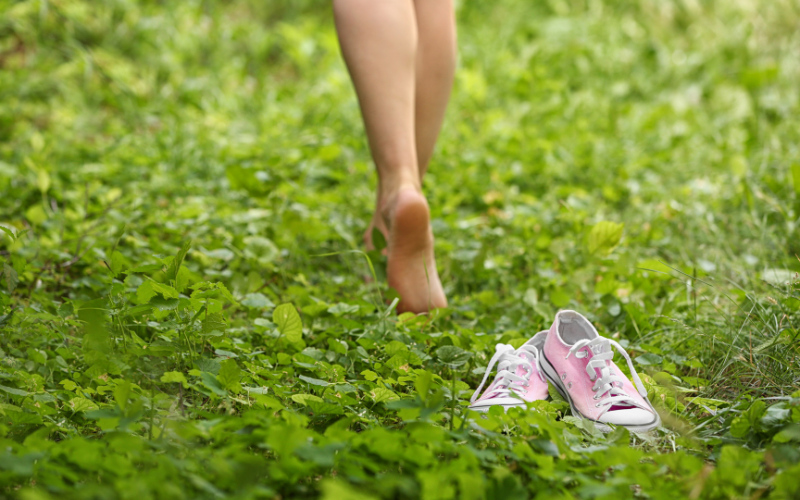
To begin, grounding, also known as Earthing, is when our body contacts and connects with the Earth’s natural electric charge. Done through placing our bare-feet on the ground. Moreover, swimming in a natural body of water, gardening or hugging a tree works too! As long as a body part is on the Earth, you’re grounding. This therapeutic practice has some science behind it to show why grounding is important for health. To put more simply, we humans are electrical beings, alongside everything else on Earth, and need to ground.
Pursuing this further, the Earth is full of free, negatively-charged, electrons. When we put our feet on the ground we absorb these electrons. They help to neutralize free radicals, which harm us and our cells. Additionally, it provides abundant antioxidants, which combat free radicals, and also includes immune boosting properties.
Another view of grounding; “Connecting to the Earth to support the specific function of the organs of your body. It supports the body as a whole, but it specifically supports organ systems, down to the tissues and the cellular function of the entire body,” states Laura Koniver M.D., a Physician/General Practitioner. All of the systems in the body balance and normalize when you are grounded. Let’s continue deeper into why grounding is important for health and healing.
Disclaimer: This post contains affiliate links. If you use these links to make a purchase, I will earn a small commission at no additional cost to you. Read this Affiliate Disclosure for more information. Thank you.
The Science Of Grounding In A Nutshell
First off, the Earth’s surface, including natural bodies of water, has an endless and continuous supply of free-flowing electrons. Lightning is part of what’s called the Earth’s global electric circuit. Thunderstorms, lightning and electrified clouds are like batteries. Causing the Earth to have a negative charge, and the atmosphere to have a positive charge. Therefore, it maintains the fair weather electric field, keeping everything in balance. Hence, when you ground, you are connecting to this fair weather electric field too.
New research suggests there is a link between the electrical fields in all living organisms, that include human beings, and the electrical fields in the atmosphere. When you touch your body to the ground, it dissipates static electricity and excess environmental electrical charges that are on you.
Unfortunately, humans are like antennas and absorb electromagnetic radiation from our modern living, when we are ungrounded. This takes the form of EMF absorption, standing for electromagnetic frequencies. We pick these up from: cell towers, cell phones and other electronic devices, wi-fi signals, the wiring in our homes, amongst other things. EMF’s disturb our electrical balance resulting in us being too electrically charged. (Read about how we are electrical beings in this post: cellular voltage and health.) However, when grounding, you receive a charge of energy in the form of free electrons and your body synchronizes with the natural frequencies of the earth.

Furthermore, this study took a group of 16 massage therapists over a 6-week double-blind randomized controlled trial (RCT). Overall, they experienced notable increases in physical function and energy. Also, significant decreases in fatigue, low mood, and pain while grounded as compared to not being grounded.
After one-month following the study, their physical function further increased and depressed mood and fatigue were decreased. Interesting. Besides that, there are reports of grounding also helping to decrease inflammation and pain, promote better sleep, increase mood, increase immune function, cardiovascular benefits and much more. Clearly, grounding is important for health!
When We Became Un-Grounded
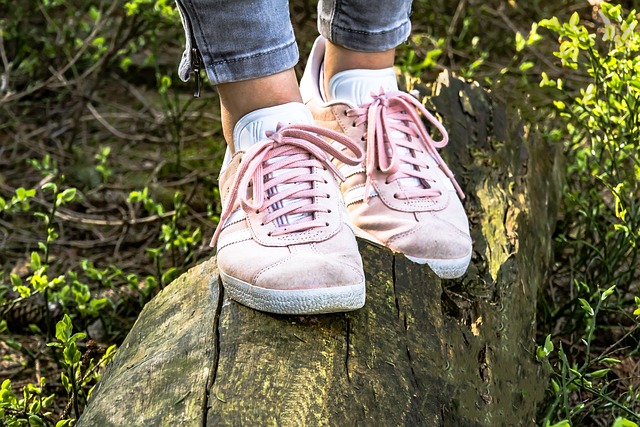
Prior to rubber and plastic-soled footwear of today, materials like: leather, hemp, straw, silk and other natural materials were used to construct shoes. All of which allow for grounding and are conductive as they’re natural materials. Fun fact, the oldest known shoes are sagebrush bark sandals dating back to about 7000-8000 B.C!
Fast forward to the 1800’s when shoemaking became more commercialized. Synthetic materials, namely rubber, began making their ways into shoes. Plimsolls, canvas-topped shoes with rubber soles, made a splash in the market. Consequently, from this time onward, we stopped connecting with the earth’s surface. Rubbers and plastics are the most common materials used in shoes today, and are non-conductive materials. Thus, insulating us from the earth and all it’s benefits. Sadly, most of us almost never ground as we’re always in shoes outside.
Another fun fact: the majority of mass-produced, synthetic shoes take about 1000 years to degrade in a landfill. I literally just found that out and, wow, that’s shocking!
How to Get Grounding
Generally, about 30 minutes or so a day is the minimum amount of time recommended to ground. Obviously, the more the better! It feels so good that you will want to go for longer, trust me. I aim to ground myself everyday, but do the best I can. Obviously, choose a clean area free of dog poop, pesticides, and other yucky contaminants! Simply, take your time, walk leisurely, watch your step, and enjoy!
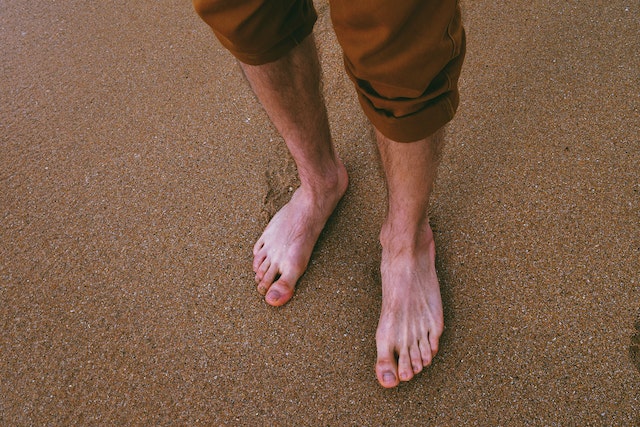
These recommendations are taken from Earthing.com. Straight from Clint Ober, the pioneer of grounding, himself:
- Grass, Sand, Dirt & Soil
- Plants & Living Trees (Especially With Wet Bark)
- Gravel & Rock (That Is Touching The Earth)
- Unsealed Concrete (Or Coated With A Water-based Sealant)
- Unsealed Brick (Or Coated With A Water-based Sealant)
- Bodies Of Water (Like Oceans, Lakes, And Streams)
In the winter time when it is colder outside and less comfortable to ground, there’s Earthing products for indoor grounding as well. They sell grounding matts, yoga matts flip flops, sheets, pillowcases, socks, just so many things that I am excited to try next winter myself!
When I have my barefeet on the ground, I immediately notice physical sensations in my feet. There will be a sort-of tingling, pulsing, prickly, warm sensation in them that slowly rise up my legs. It is very noticeable and immediate. The sensations vary but, for the most part, similar, and feel great. This is the electrons transferring from the earth to my body.
What’s more, the longer I have my feet on the ground, the more I notice my energy and mind calm. Things become more still and quiet, there’s a subtle sense of peace that washes over me. Above all, this keeps me coming back to grounding.
Another bonus of walking barefoot is it strengthens the bones in your feet; one last fun fact for ya 😉 Happy grounding! Let me know your thoughts on grounding and what you notice from it in the comments below!
Latest Posts
- What Grief Has Taught Me
- Unique Gift Ideas For The Spiritual Person In Your Life
- Healthy Chocolate Pudding Recipe
- My Weird Everyday Health Habits
- 6 Easy Ways To Enter The Present Moment
Sources:
https://pubmed.ncbi.nlm.nih.gov/22291721/
https://pubmed.ncbi.nlm.nih.gov/30448083/
https://www.nssl.noaa.gov/education/svrwx101/lightning/faq/
https://www.sciencedaily.com/releases/2020/05/200505121642.htm
https://www.ncbi.nlm.nih.gov/pmc/articles/PMC3576907/
https://www.earthing.com/pages/what-is-earthing
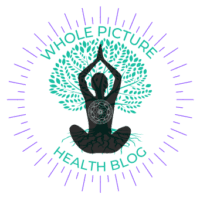


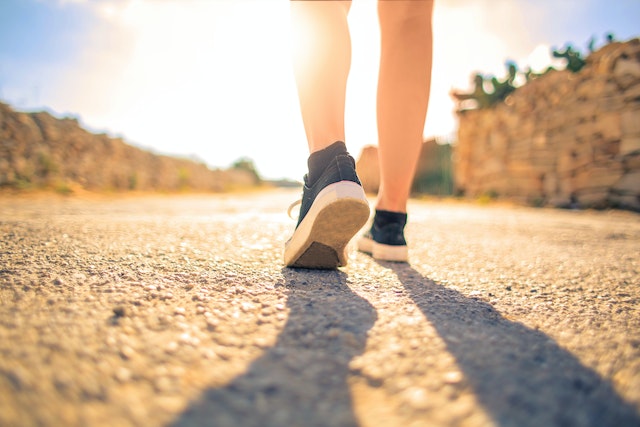
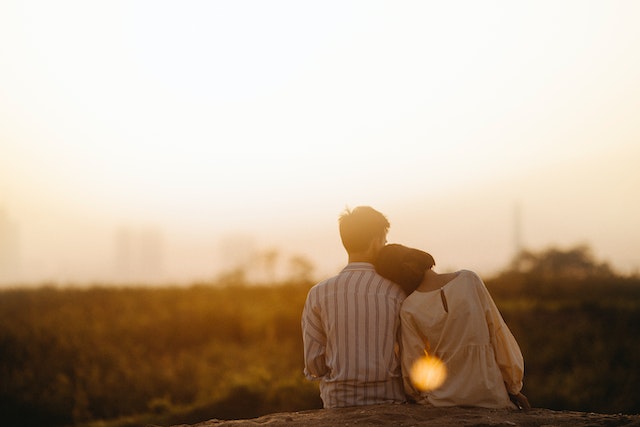
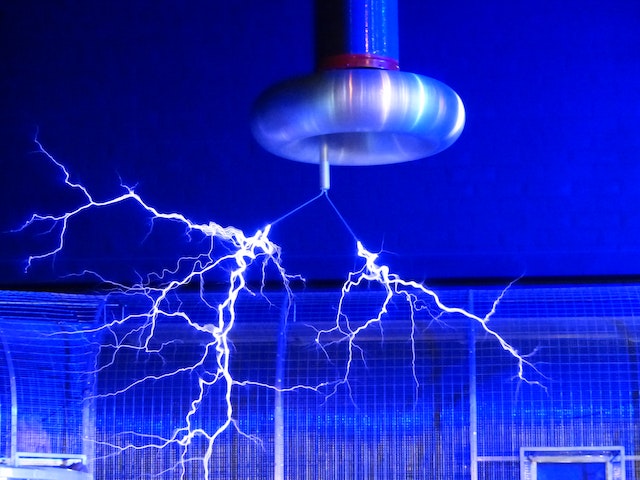
There is no better sensation, for me, than walking barefoot on the beach. The feeling of the sand beneath my feet recharges me instantly…now I know why!
I hadn’t thought of this before. I have sensory issues so I’m not sure if this is for me, but I can see the benefits!
1000 years? Wow. I don’t even think about that when buying shoes!
I haven’t been barefoot for a very long time, so I found this very interesting and inspiring. I will be getting my shoes off and practicing grounding after reading this
I do this all the time because I hate wearing shoes.
I hadn’t heard of being grounded as a physical act. This is fascinating. Thank you for sharing!
Personally, I love going barefoot and never wear shoes at home or in my yard. But if you have Diabetes or Peripheral Vascular Disease, the RN in me recommends that supportive footwear always be worn outdoors to prevent venous ulcers.
I have always been fascinated by the idea of connecting with the earth and the benefits that it can bring to our well-being, and your post provided a wealth of information and practical tips for incorporating grounding into our daily lives.
Walking on the beach without my shoes on. Letting the wave come across my toes. I find this very inspiring and have a lot of interest in it. Walking on the ground is so wonderful, and refreshing as well,
This sounds like something that I need to do more of. I need to walk barefoot in the grass at the park.
This is the first time I have ever heard of this! It would be hard for me because I haven’t walked around barefoot in years! Maybe I just need to try it!
Such an interesting concept. I think regardless of the concept of grounding, it is good to connect with nature in general and disengage from the indoors and electronics.
I once forgot my workout shoes because I had to wear my snow boots to the gym. I was about to go home until my instructor told me to try the class barefoot. From then on that’s how I worked out! It felt so much better. I truly felt more grounded.
I love to go barefoot whenever I can. But I still need to do more walking outside barefoot too.
That was really interesting. I do love to walk outside barefoot, especially on a beach. You might find Reiki interesting to look into, that also involves energy x
When I was a little I was grounding a lot. And I can say that I felt so good and part of the nature!
Grounding sounds very, well, grounding! There really is something nice feeling connected to something that’s connected to everything else, benefits aside.
My father and grandpa both had this habit of walking barefoot on the green grass in the early morning. I am not an early riser, but I do walk barefoot on the ground in the evenings daily 🙂. This is so good for our health and mind ❤️. Enjoyed reading this post!
This is so interesting to know. I can’t remember the last time I walked barefoot. I do love walking barefoot on the beach and feel the sand and water on my feet.
That’s amazing! This is one of the most interesting topics! Thank you for sharing this information with me.